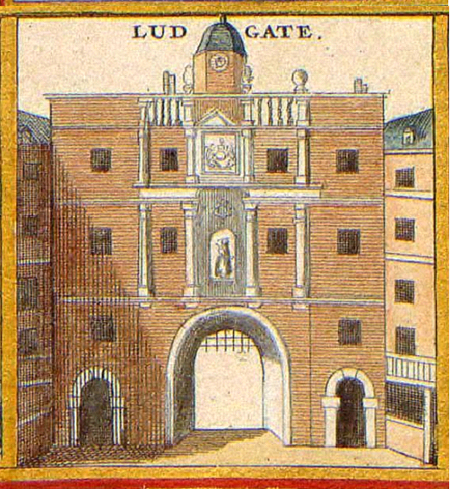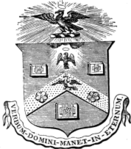Ludgate
Debtors' prisonsDefunct prisons in LondonLondon Wall and its gatesTown Gates in EnglandUse British English from March 2013

Ludgate was the westernmost gate in London Wall. The name survives in Ludgate Hill, an eastward continuation of Fleet Street, Ludgate Circus and Ludgate Square.
Excerpt from the Wikipedia article Ludgate (License: CC BY-SA 3.0, Authors, Images).Ludgate
Ludgate Hill, City of London
Geographical coordinates (GPS) Address Nearby Places Show on map
Geographical coordinates (GPS)
| Latitude | Longitude |
|---|---|
| N 51.513972222222 ° | E -0.10227777777778 ° |
Address
Ye Olde London
Ludgate Hill 42
EC4M 7DE City of London
England, United Kingdom
Open on Google Maps










